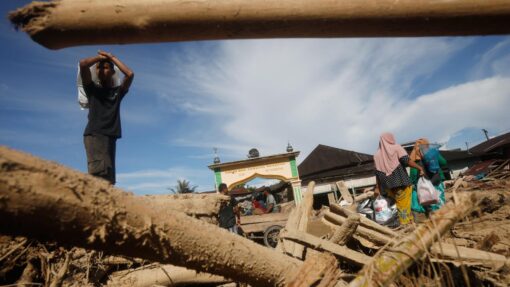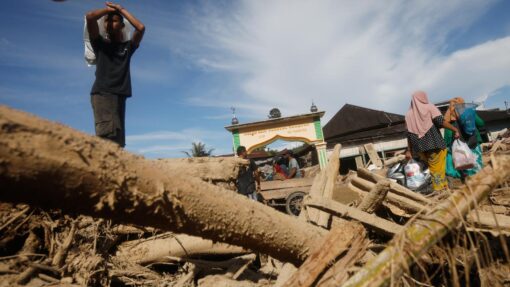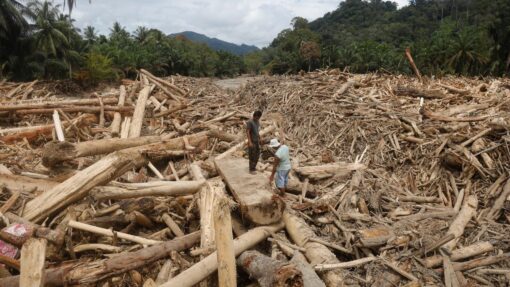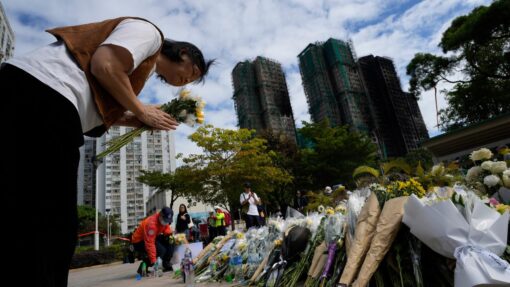Quake in Japan kills two, shuts factories
Sakura Murakami and Elaine Lies |
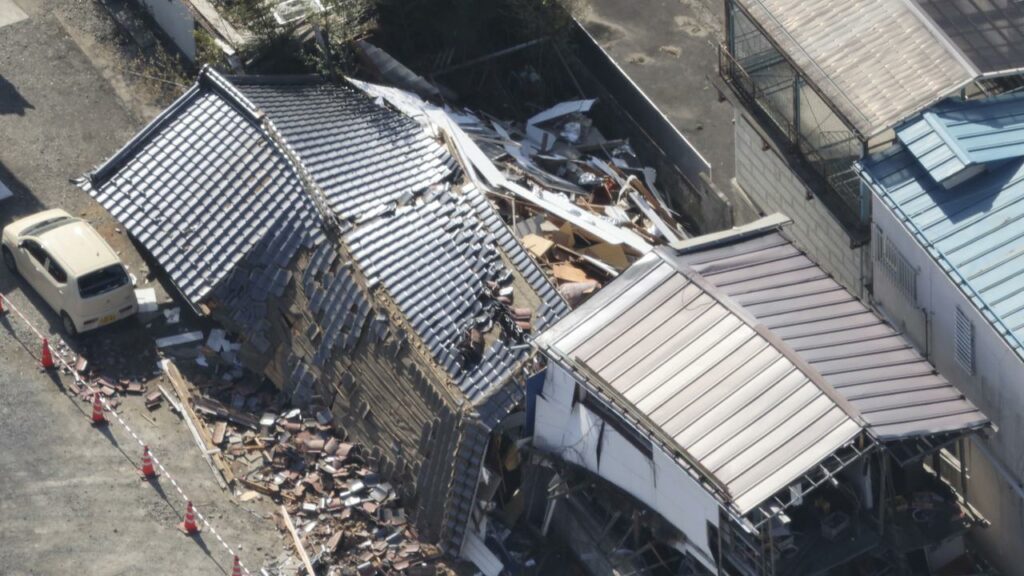
A powerful earthquake off Japan’s northeast coast has left thousands of homes without water and power and forced factories to close, adding to supply chain woes for makers of smartphones, electronics and automobiles worldwide.
The magnitude 7.4 tremblor struck just before midnight on Wednesday east of the Fukushima prefecture, the same area that suffered Japan’s biggest quake 11 years ago.
At least two people died and 161 were injured in the latest quake, according to government spokesman Secretary Hirokazu Matsuno, whereas thousands perished in the 2011 disaster, when a magnitude 9.1 magnitude quake also triggered a tsunami and caused a meltdown at a nuclear power plant.
There were no abnormalities reported at any nuclear power plants this time, though authorities said a fire alarm had been triggered at a turbine building at the plant crippled in 2011.
The quake still caused havoc for industry, however.
Chipmaker Renesas Electronics Corp a major supplier of automotive chips, suspended production at two semiconductor plants and partially stopped output at a third.
Among them was its Naka plant in Ibaraki prefecture just north of Tokyo, which supplies semiconductors to auto companies worldwide. Chip shortages caused by COVID-19-related disruption have already forced many auto firms to cut back production.
Electronic components maker Murata Manufacturing also halted operations at its factories, as one of them making smartphone parts had a fire following the quake.
Sony Group Corp halted production at two factories in Miyagi prefecture and a third factory in Yamagata prefecture. The facilities produce storage media, laser diodes and image sensors.
Toyota Motor Corp said it would restart work at reduced capacity at two factories on Thursday night, after operations were suspended as soon as the quake struck.
Japan’s biggest refiner, Eneos Corp, shut its Sendai refinery including the 145,000 barrel-per-day crude distillation unit (CDU).
Authorities indefinitely suspended a Shinkansen bullet train service, and closed at least one major highway to the region for safety checks.
Parts of building facades tumbled into streets in some areas of Fukushima. Television footage showed a steep tiled roof crumpled over a parked, crushed car and workers examining cracked highways.
About 300km south of Fukushima, areas of the capital Tokyo lost power for nearly three hours following quake.
An earlier tsunami warning for the northeast coast was lifted and power was fully restored to the capital by the early hours of Thursday, although people in some parts of Fukushima were still waiting for electricity by the early evening.
Matsuno said the Self-Defence Forces were delivering water to communities whose water systems were damaged, and residents of one town in Fukushima queued to fill plastic tanks.
Prime Minister Fumio Kishida said that the government would be on high alert for the possibility of further strong tremors over the next two to three days.
The quake stuck at 11.36pm local time just off the coast of Fukushima prefecture at a depth of 60km, according to the Japan Meteorological Agency.
Reuters